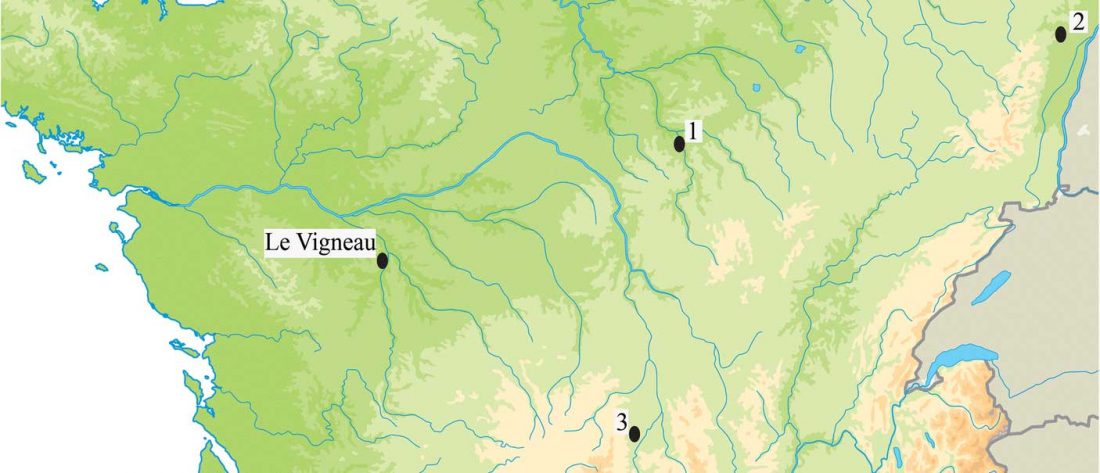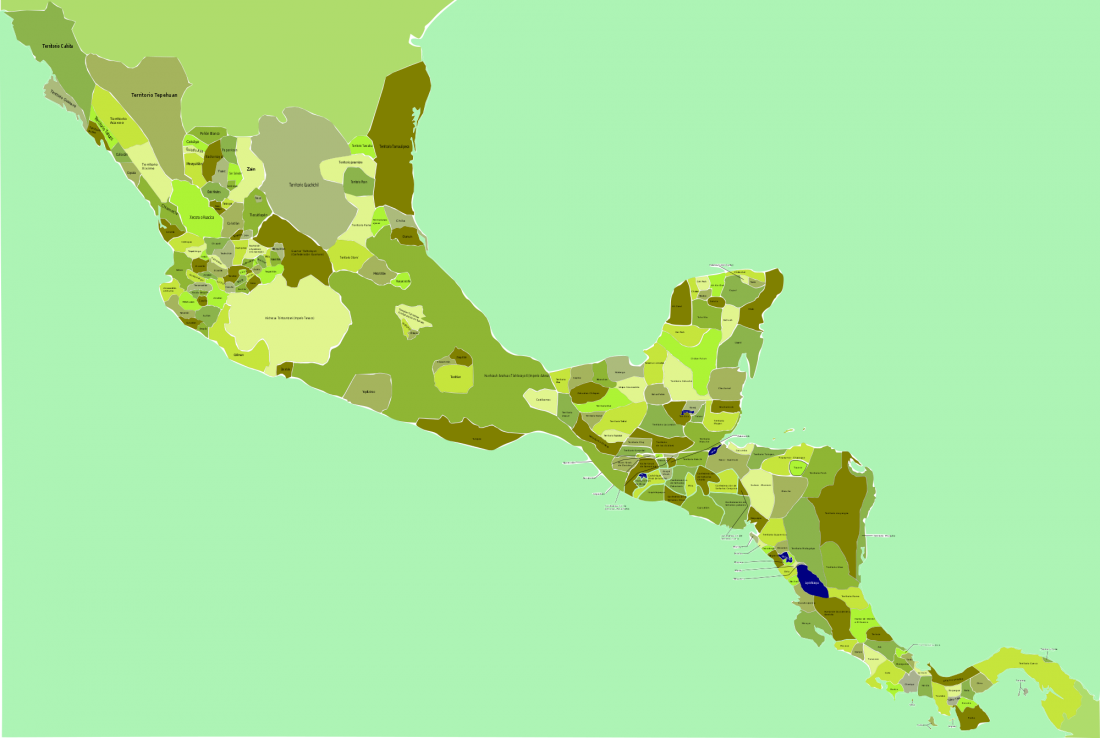Open access A Multidisciplinary Approach to Neolithic Life Reconstruction, by Goude et al. J Archaeol Method Th (2018).
Abstract (emphasis mine):
… Read the rest “A multidisciplinary approach to Neolithic life reconstruction”The expansion of Neolithic stable isotope studies in France now allows distinct regional population-scale food patterns to be linked to both local environment influences and specific economic choices. Carbon and nitrogen isotope values of more than 500 humans and of animal samples also permit hypotheses on sex-biased human provenance. To advance population scale research, we here present the first study that draws together carbon (C), nitrogen (N), sulphur (S) and strontium (Sr), dental calculus, aDNA, and palaeoparasitology analysis



